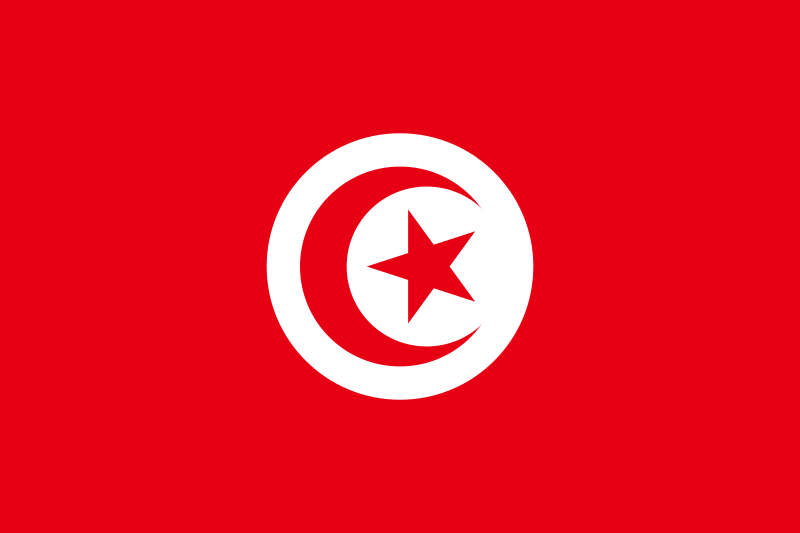The Republic of Tunisia is geographically located above the longitudes of 30 and 14 minutes and 37 and 13 minutes towards the north of the equator, and it also occupies an area above the Greenwich meridians 7 and 32 minutes and 11 and 36 minutes towards the east. The rocky nature prevails on the northern coast of the country, and a chain of mountains - the only one in the country - extends, which is the Khmer chain. The country overlooks the Mediterranean Sea from the northern side, and shares borders with Algeria from the western side. As for the southeastern side, it is connected by borders with Libya. Tunisia is classified within the Arab Maghreb and is considered one of its countries most affected by the Mediterranean Sea. The country has two northern and eastern facades on the Mediterranean basin.
Tunisia's diverse nature, including beaches, mountains and desert, helps make it a major attraction for more than five million tourists annually, about 90% of whom are Europeans, and the remaining percentage are Arab, Asian and African tourists.
This beauty, which appeals to the hearts of visitors to green Tunisia, is paralleled by other richness in the history, culture and heritage of Tunisia and excellence in other tourist service facilities such as luxury hotels, coastal resorts and numerous entertainment venues... All of this is undertaken by Tunisian competencies with authentic and long-standing experience in honoring and benefiting the guest and making every effort for his comfort and happiness. .
The country is affected by the Mediterranean climate, which is a moderate climate. Thus, Tunisia is considered a country with a moderate and sometimes warm climate. The average temperature in it reaches 44.11 degrees, and it drops during the month of December to 3 degrees. It rains randomly, recording an average of 1,500 mm annually. In the southern regions, it decreases to 15 mm.

